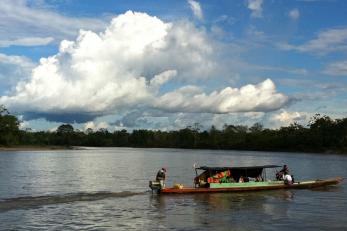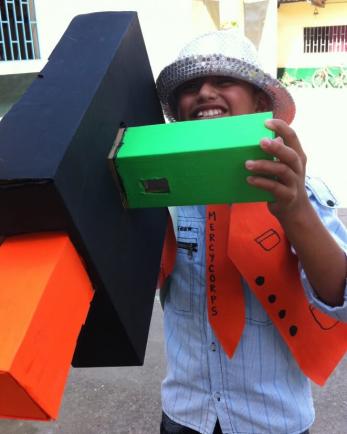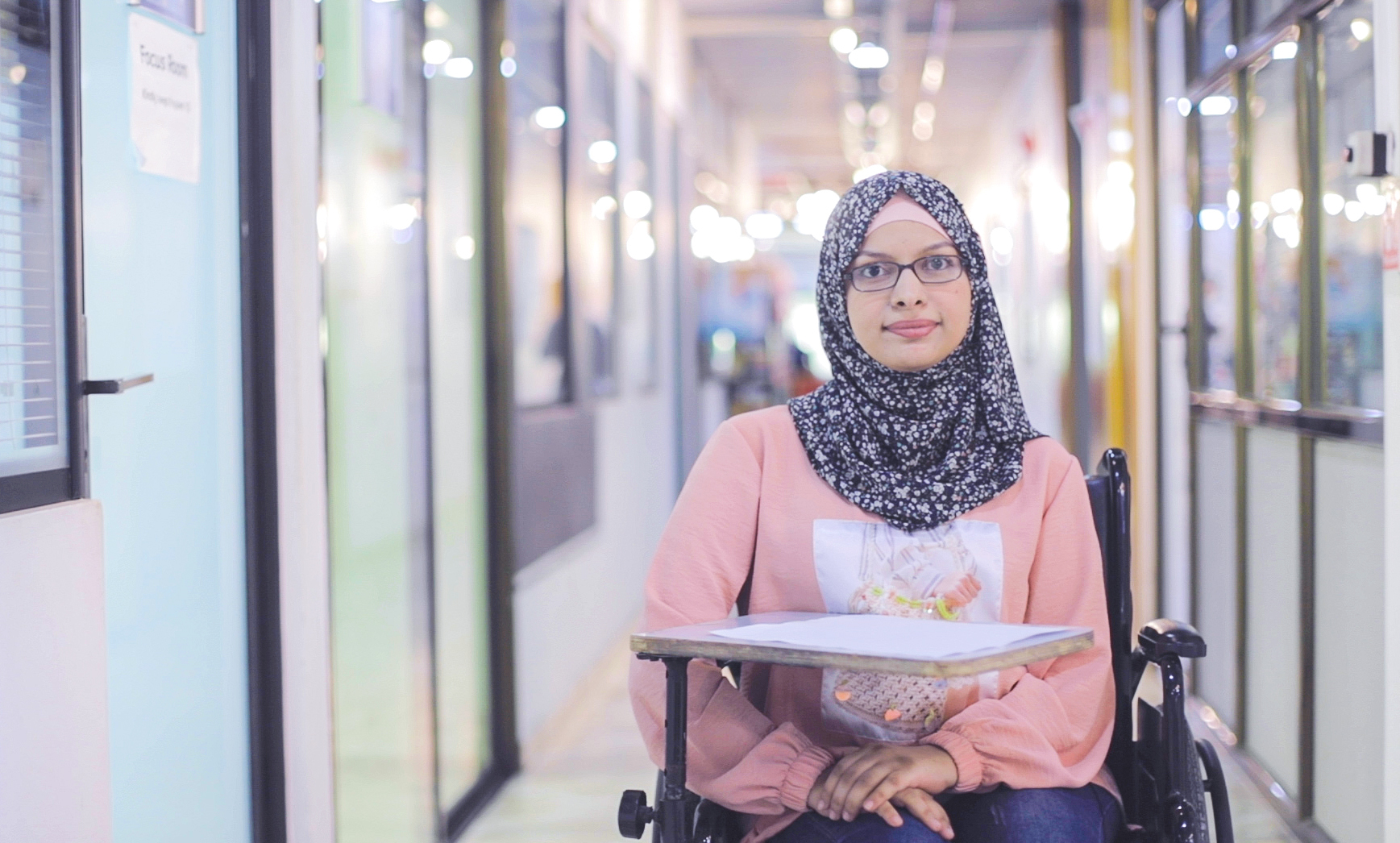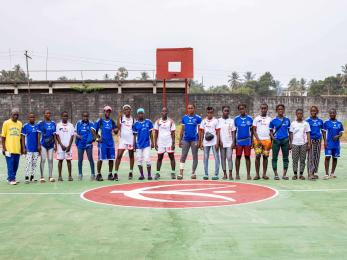The war on child soldier recruitment begins at school

Last month was especially busy as I organized field visits to our child soldier prevention and reintegration program.
A diverse group of experts and advocates, including Mercy Corps staff visiting from headquarters in Portland, had been called into action following the recent recruitment of 13 children, most of them girls, from schools in rural Putamayo. While we help former child soldiers rejoin society at a transitional home in the city of Cali, Cauca Department, we work in Puerto Asis, Putamayo Department to prevent kids from joining Colombia’s guerrilla groups in the first place.
WATCH VIDEO: Reclaiming children of war
The Colombian Family Welfare Institute has reported that over 80% of child soldiers are “voluntary” recruits — often forced by their socio-economic conditions, lack of education and family abuse to enlist in armed groups. The threat of recruitment is high in Putamayo, where the dense jungle and proximity to Ecuador make it a FARC (Revolutionary Armed Forced of Colombia) stronghold. Drug, arms and human trafficking are commonplace.

Kids in Puerto Asis are especially vulnerable, as many come from poor families who have been displaced from elsewhere in Colombia; their support system is weak, and they hear promises of a better life from the guerrillas all around them.
That’s what recently happened near where we work. Reports indicate that FARC soldiers entered three schools and asked for “volunteers” to join their armed resistance against the government. While apparently many children refused to walk out of their classrooms, 13 made a decision that will forever change their lives.
Life in the FARC is not as dignified as the FARC recruiters lead children to believe; girls are often subjected to physical and sexual abuse, and boys are forced to become murderers. That said, life isn´t dignified for most kids living in rural Putumayo, either. They face food shortages, abuse, and a future of limited education and employment opportunities.
These are the challenges that our program faces every day. But unlike children in the FARC, who we can only work with once they escape or are captured by the Colombian army, the children in boarding schools are accessible and eager to imagine a more positive future. This is our window of opportunity.
I can’t help but think that the extra effort is paying off as we motor up river to visit the remote boarding school where children aged 11-18 years participate in our structured after-school activities designed to keep them learning and away from the growing ranks of child soldiers in Colombia´s notorious armed groups. Along with our local partner, the Foundation for Reconciliation, our teams lead daily two-hour sessions that encourage self-reflection and critical thinking, develop stronger academic and job skills, and help children build better relationships with their peers, family and community. Additional sports programs teach teamwork, conflict resolution skills, gender equality, and values to develop life plans.
I´m encouraged knowing that my fellow passengers represent a variety of stakeholders who will be critical in helping us address the increasing threat of child recruitment in Putumayo. They include a Ministry of Education official; a policy advisor for a Senator known for defending human and child rights; a technical advisor for the government´s Victims Unit, which was formed to implement a progressive new law for victims of the armed conflict; the principal of the school; and various members of our Mercy Corps team, including trained facilitators and our Senior Advisor for Youth Development visiting from Portland.
As we unload the boat and walk up the riverbank, we’re greeted by 20 students that participate in the program. The future they face is uncertain; the risks that surround them everyday are very real. But they still have a chance. As they excitedly tell us about what they’ve been learning, I’m reassured by the fact that I’m surrounded by so many colleagues who are dedicated to making sure this opportunity isn’t missed.


